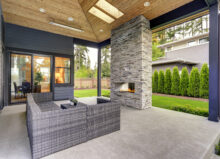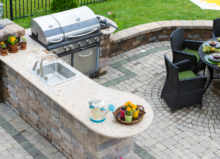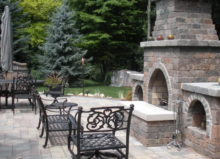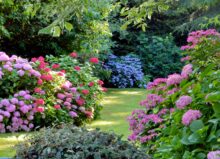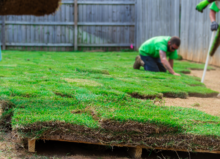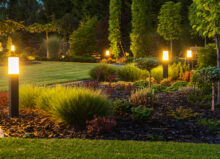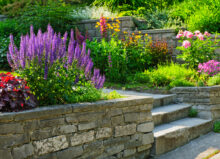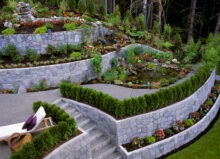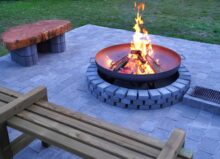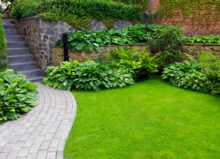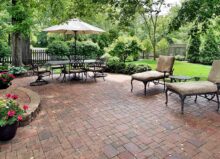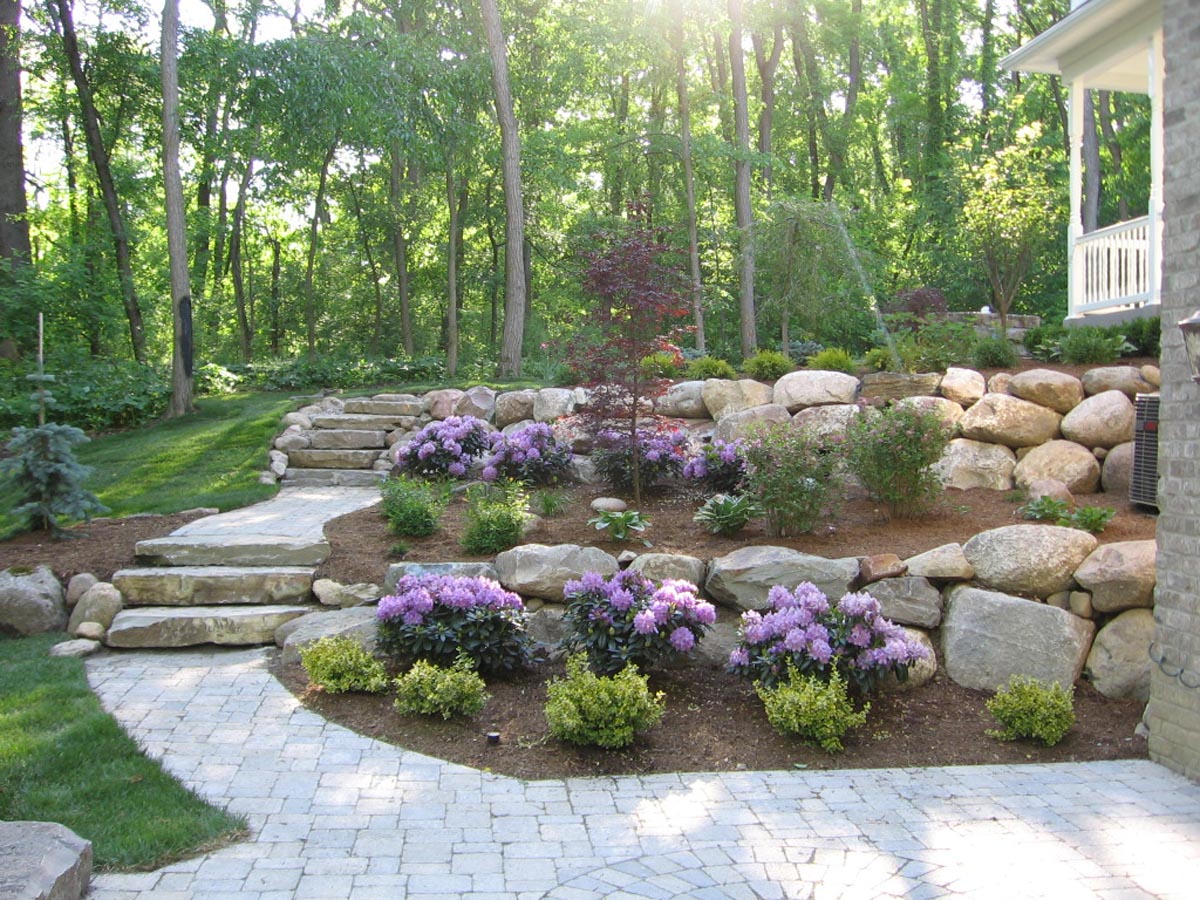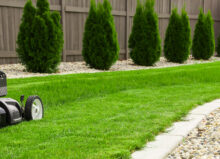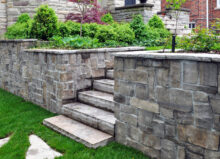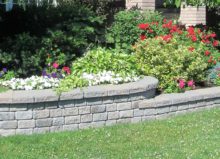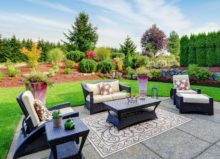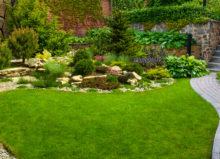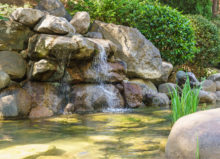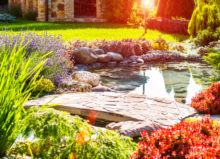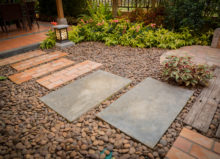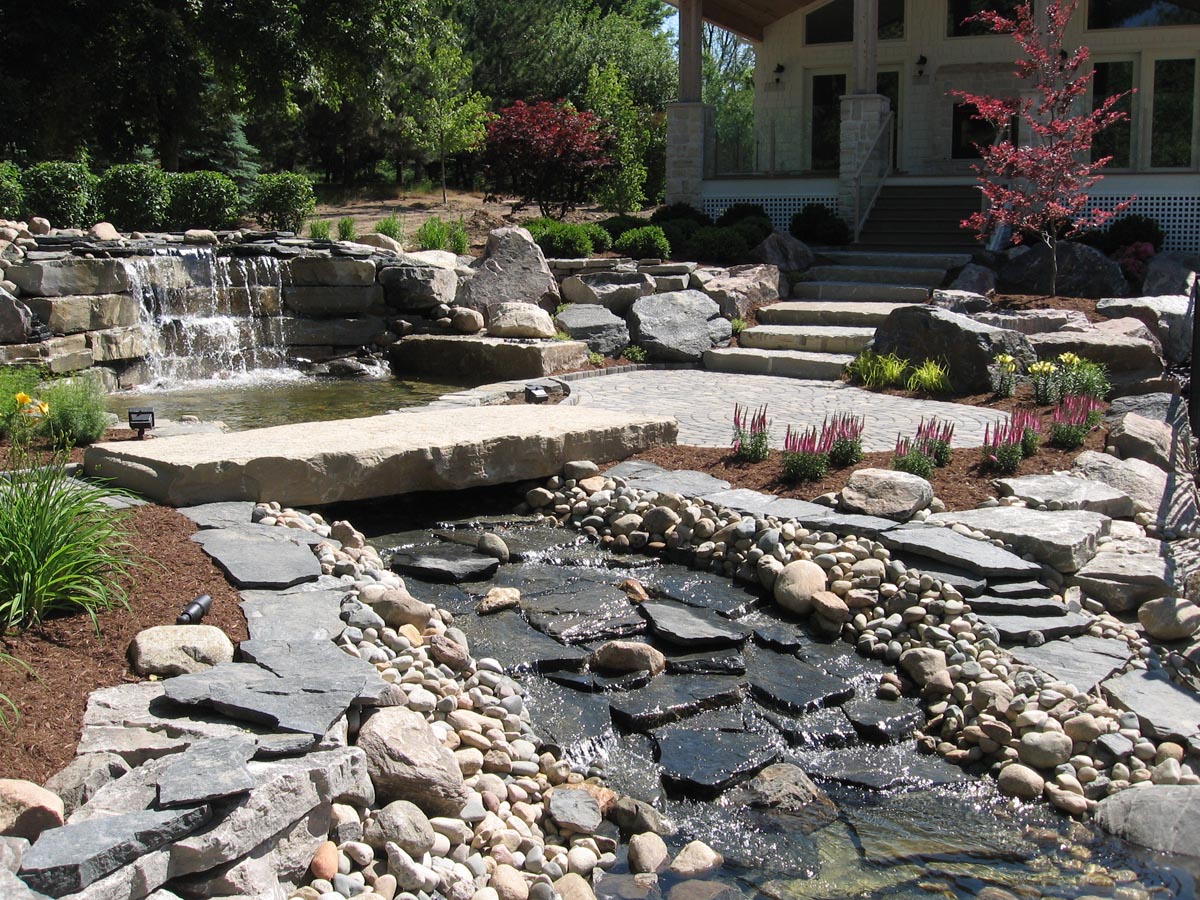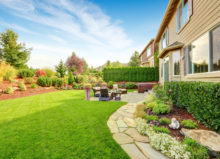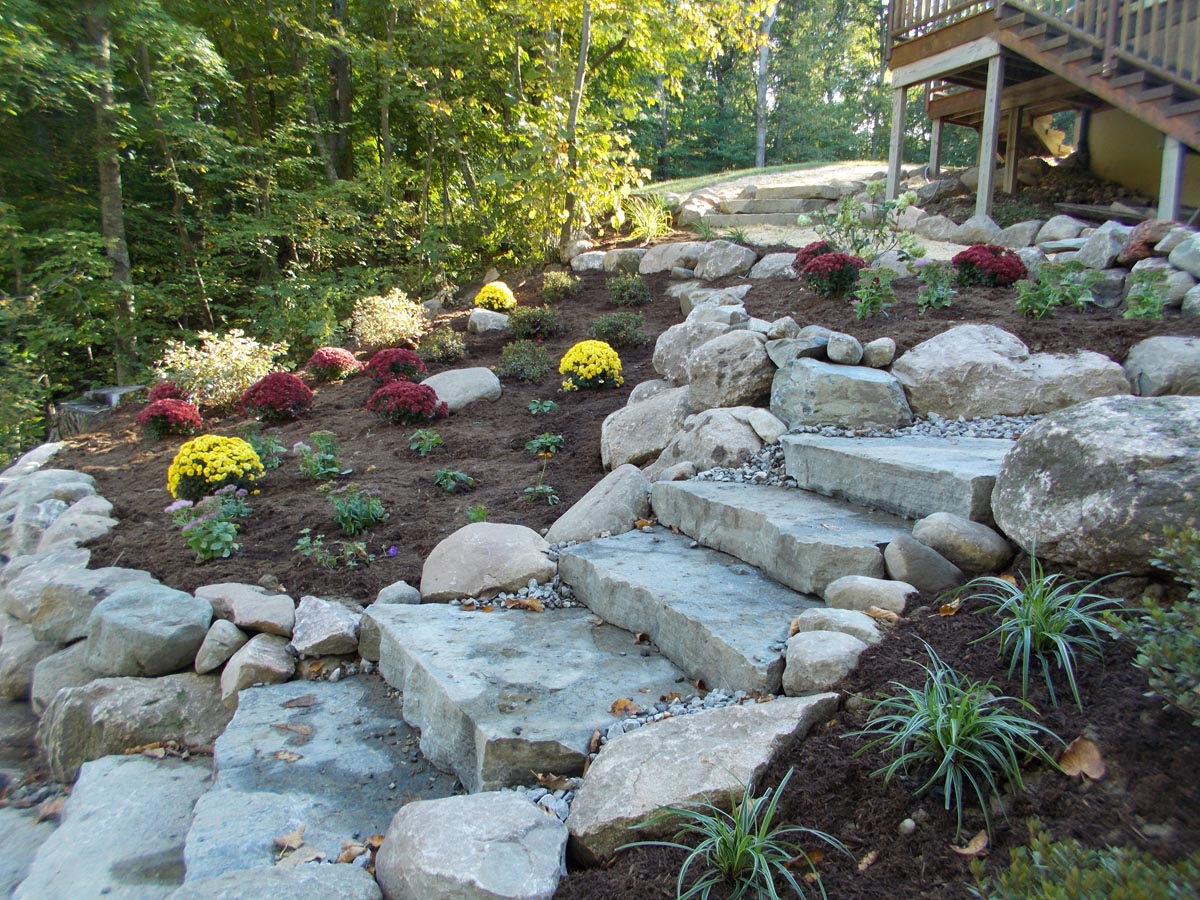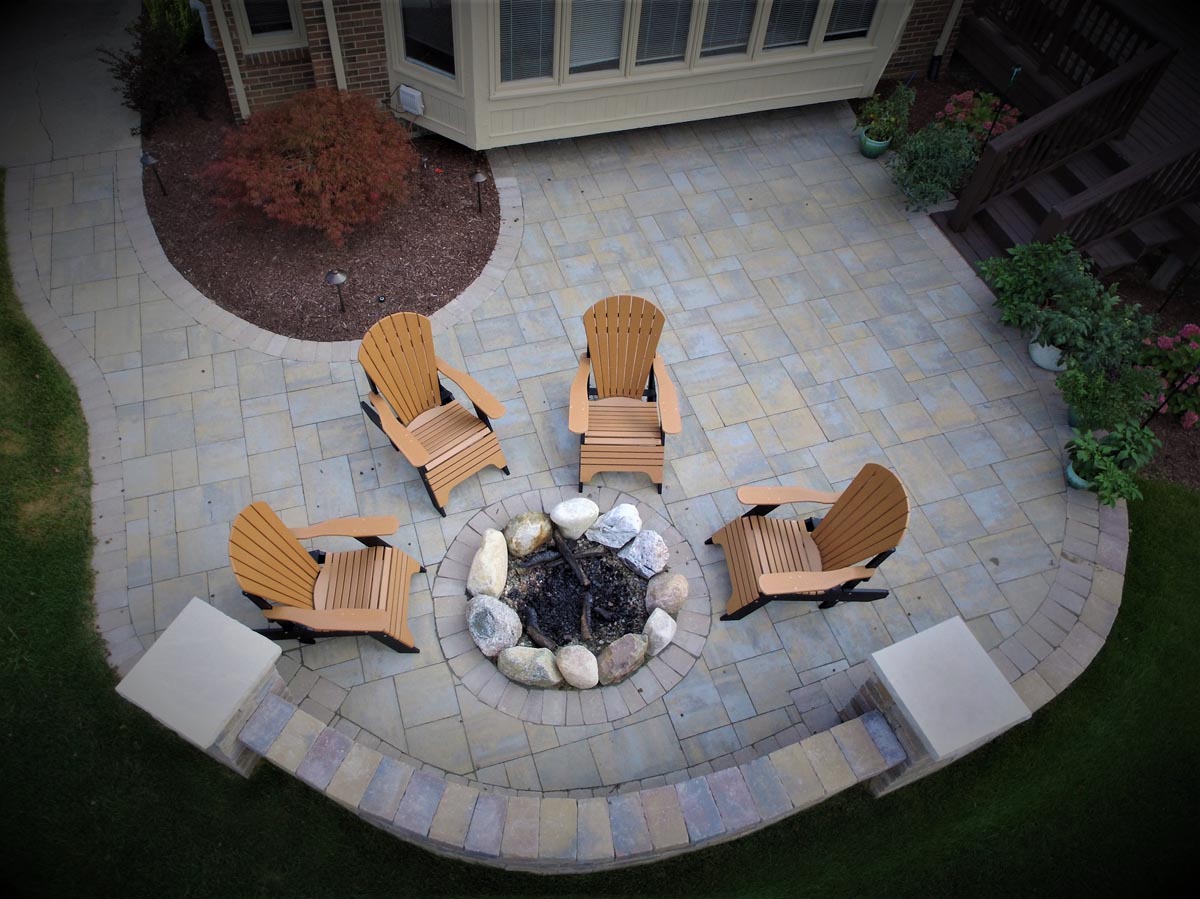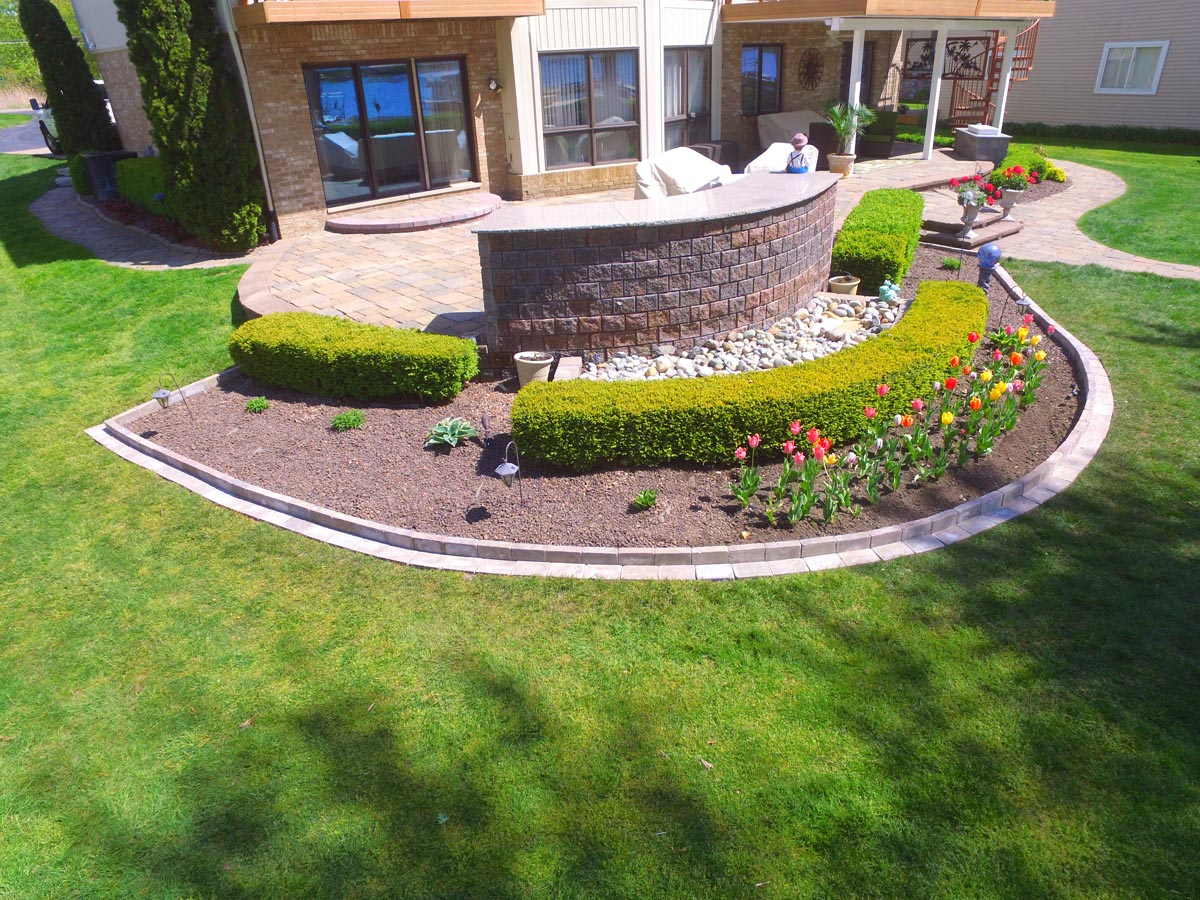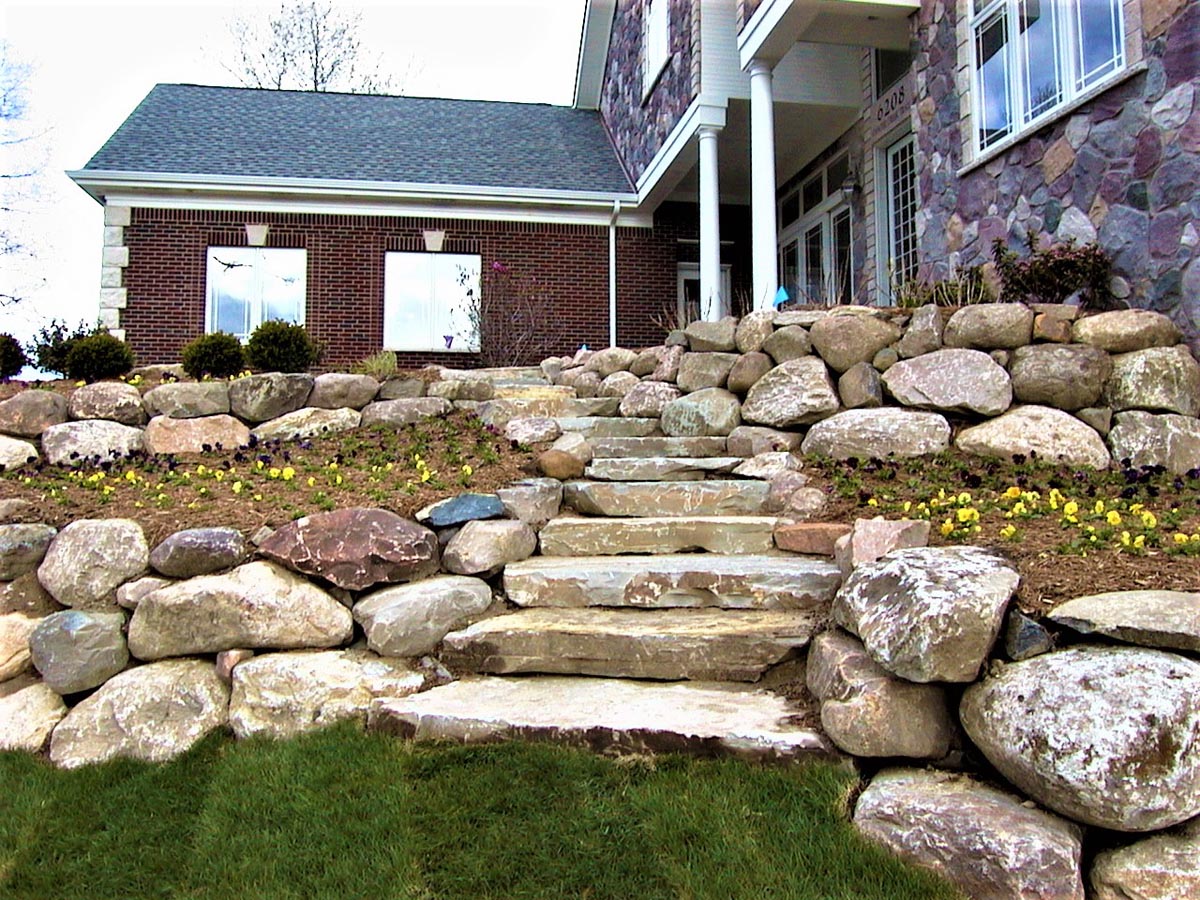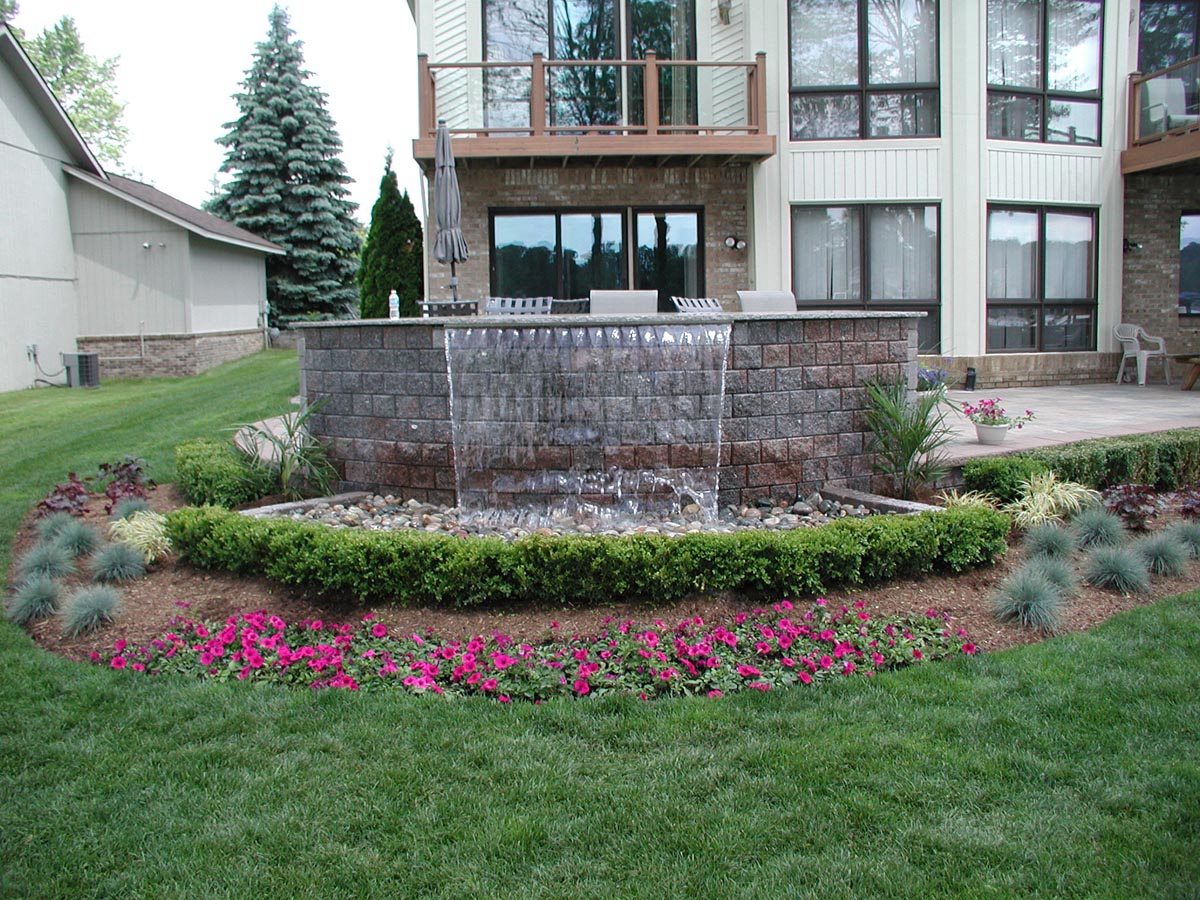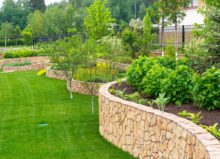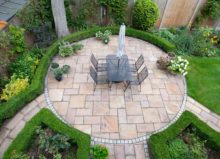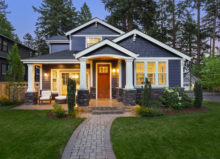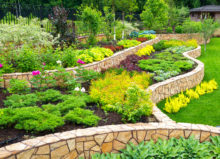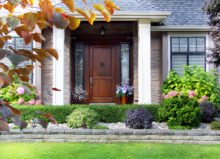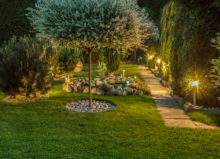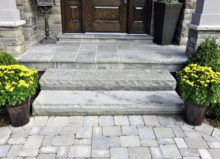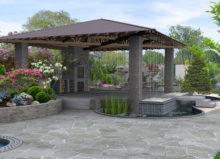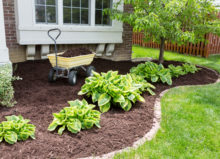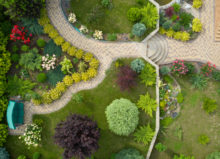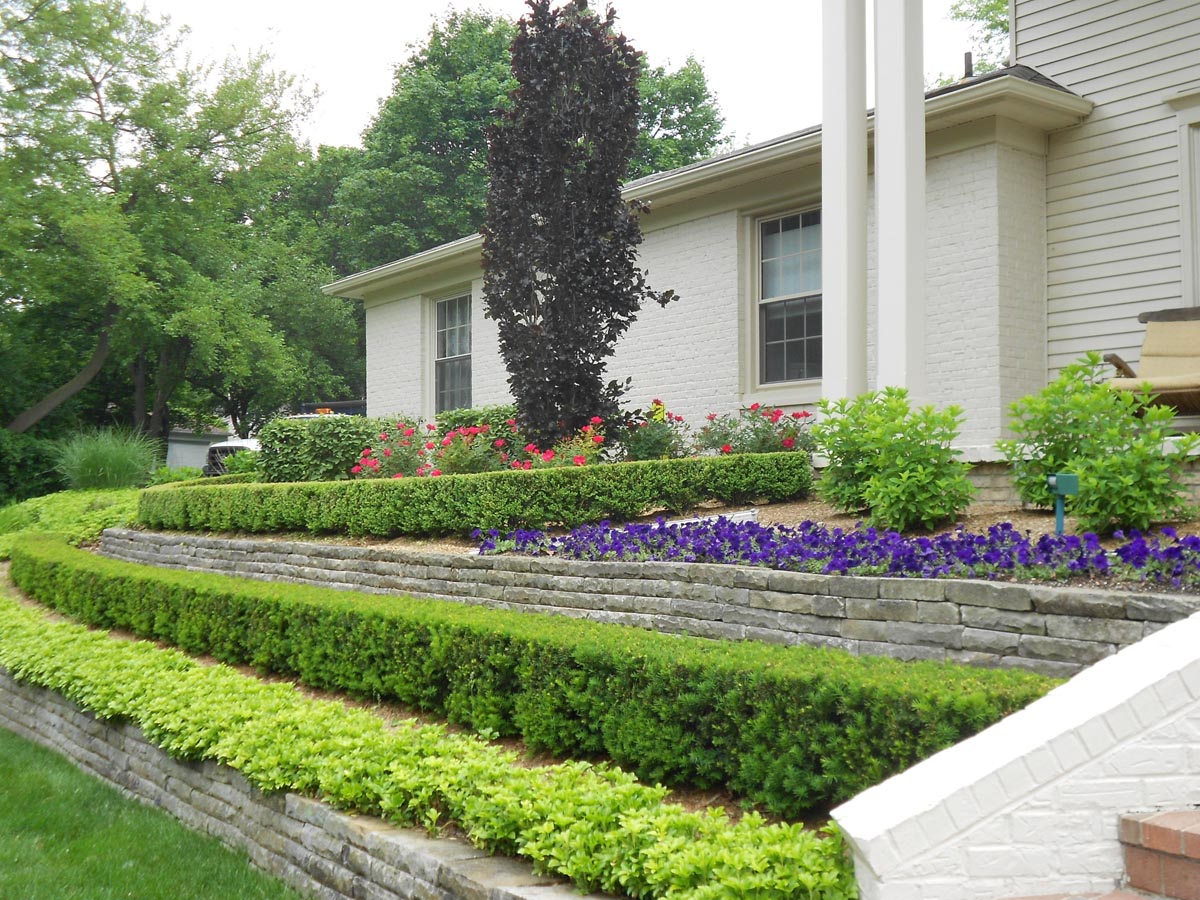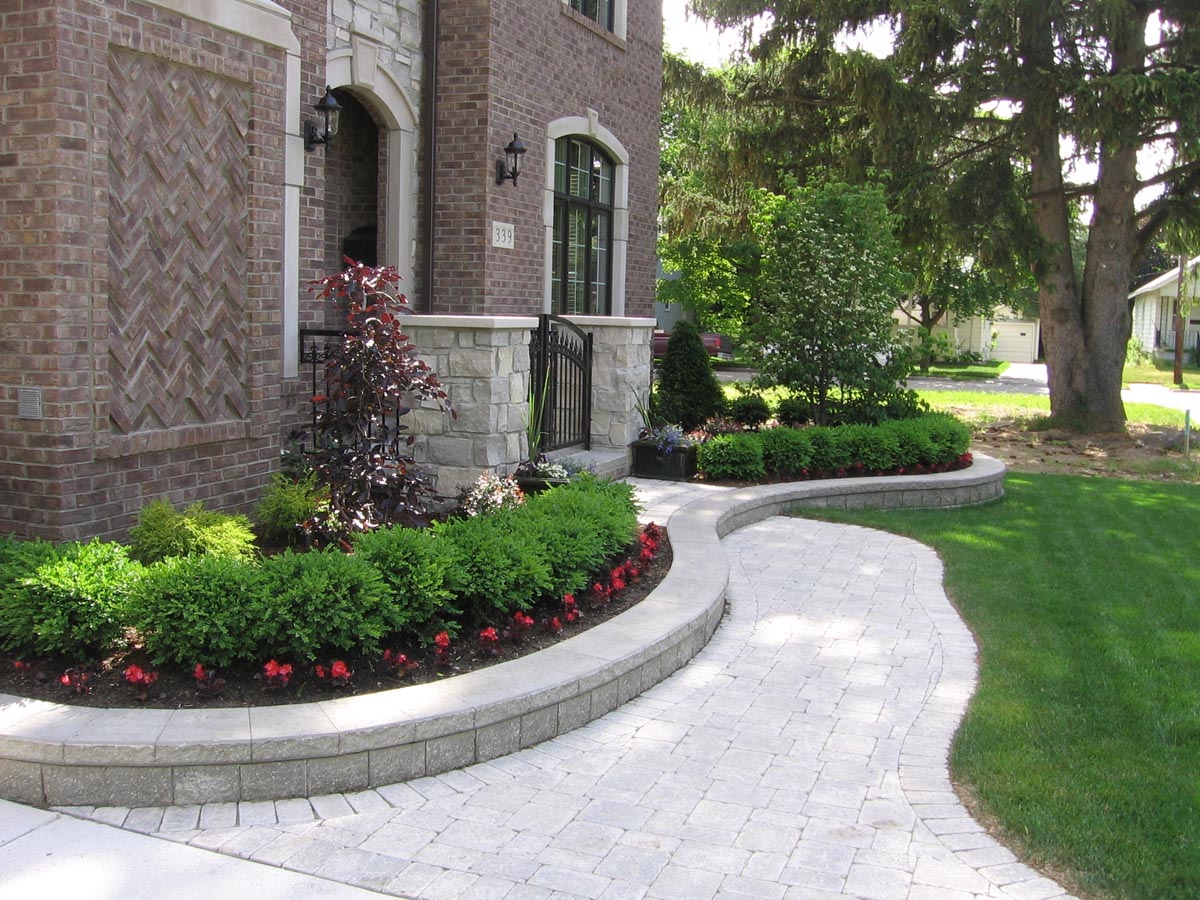What Are the Principles of Landscape Design?
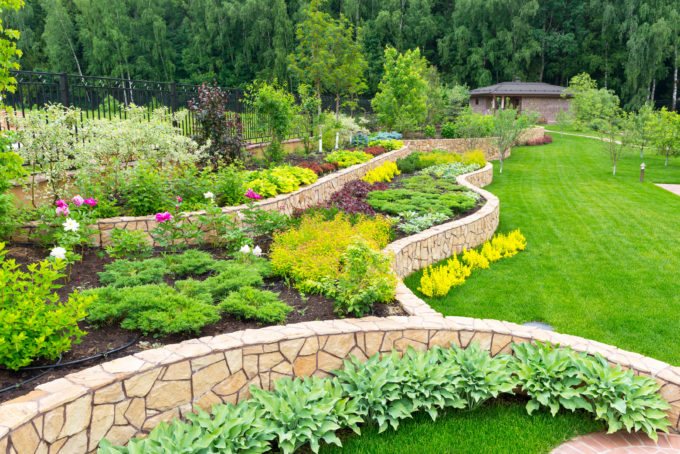
If you’re new to landscaping, you may be wondering: what are the principles of landscape design? Placing bushes, flowers, rocks, and other elements at random isn’t landscape design—when properly done, landscape design will involve a combination of six elements: proportion, order, repetition, unity, color, and balance.
In this article, we’ll do a deep dive into these six principles and how you can apply them to your next landscape design. Let’s start with proportion.
Proportion
The relationship between the horizontal and vertical sizes of landscape features is the proportion principle of landscape design. The symmetrical rapport between features and exterior elements, including patios, sidewalks, and porches is vital to optimizing the distribution of space.
An example of proactively applying proportion to landscape design is knowing how tall a plant or bush will grow when it matures. Smaller plants should always be planted in front of larger plants, and bonsai trees should be pre-shaped before placing them into a landscaped environment.
Order
Order refers to the different types of organization within the landscape, such as spatial, dimensional, and visual. The principle of order is also closely associated with symmetry. Without order, a landscape design lacks symmetry and vice versa. A landscape incorporating aspects of order features a seamless blend of colors, element forms, and plant patterns that are natural and aesthetically pleasing.
For example, if you are planting bushes around your front porch or back patio, and separating them with a concrete or brick walkway, then you need to make sure you have the same number of bushes on either side of the walkway. Additionally, you will want to ensure you are planting the same type of bush or shrub.
Repetition
Repetition is the precise use of colors, plant features, and other elements to enhance the overall impression of landscaped grounds. Professional landscape designers employ various degrees of repetition without overpowering areas with a visual sense of confusion or monotony.
For example, alternating repetition in landscapes is a design method that commercial building owners use to attract customers.
Unity
Achieving the ultimate goal of aesthetic unity in a landscape design means skillfully incorporating repetition, order, and proportion into the final design. Unity defines how well different areas of the landscape blend together to create a symmetrically beautiful work of art.
All elements included in a landscape (e.g. plants, rocks, walkways, fountains, and bushes) should essentially communicate a visually powerful message to people who view the landscape. Unity is especially important for commercial building owners who want to inspire customers to learn more about their business.
Color
According to color theory, different colors have a psychological impact on individuals. For example, orange, yellow, and red are “warm” colors that evoke passion, enthusiasm, and excitement. “Cool” colors like green, violet, and blue tend to make people feel calm and restful. Gray, tan, and white are “neutral” colors that both contrast and emphasize warm or cool colors.
Color also has a direct impact on the principles of landscape design, especially unity and order. For example, when trying to improve unity and order in landscape design, professionals may merge lighter shades of warm colors with standard shades of warm colors rather than incorporating cool or neutral colors.
Balance
Balance in landscape design can be asymmetrical or symmetrical. Typically applied to two areas of landscape separated by walkways or clearings, asymmetrical balance requires the use of various elements that are similar in size, form, and texture. Symmetrical balance requires the use of elements identical or subjectively identical in size, form, and texture.
When creating landscapes for areas that are not separated by walkways, designers focus on the principles of order and unity to bring the landscape together.
Have Landscape Design Questions? Contact Design One Today!
Are you feeling overwhelmed by the many principles of landscape design? Get in touch with our experts at Design One. We’ve been helping homeowners and businesses in Michigan for over 30 years, and know how to create a practical and aesthetically pleasing landscape design
If you have questions about landscape design principles, or would like to request a consultation, please fill out our online form.

